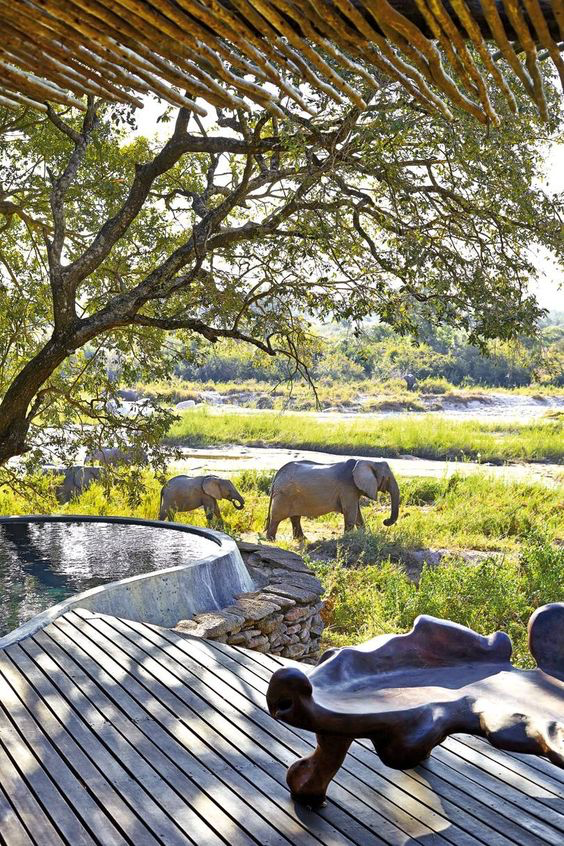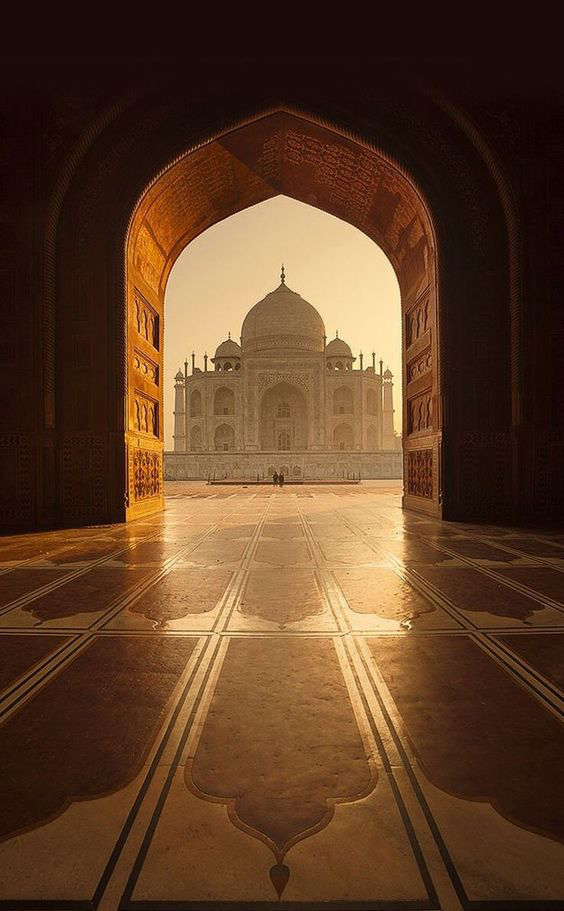Rajaji National Park
Rajaji National Park is situated in the state of Uttarakhand, now known as Uttarakhand. The picturesque beauty and rich biodiversity of the park serve as its major attractions for both nature lovers as well as wildlife enthusiasts. In the year 1983, Rajaji Wildlife Sanctuary of Uttaranchal was merged with Motichur and Chilla wildlife sanctuaries and made into Rajaji National Park. The park has been named after Late Sri C. Rajgopalachari (also known as Rajaji), a famous freedom fighter and first governor general of India . Rajaji National Park of India spreads over an area of 820.42 sq km and is open to visitors only from Mid-November to Mid-June./p>
Park Location - Rajaji National Park is situated along the hills and foothills of Shiwalik ranges in the Himalayan foothills and represent the Shiwalik eco-system. Combining three sanctuaries, namely Chilla, Motichur and Rajaji - Rajaji National Park is spread over the Pauri Garwal, Dehradun and Saharanpur districts of Uttarakhand. The Motichur and Rajaji sanctuaries are contiguous, and are separated from the Chilla Sanctuary to the south-east by the Ganges River and the Chilla River.
Motichur and Rajaji wildlife sanctuaries lie to the north and south of the Siwalik Ridge and are dissected by many ravines carrying water which descend from the main ridge, becoming broad pebble/boulder filled streams in the plains. These streams remain dry for most of the year but become raging torrents during the monsoon. The area is covered with diverse forest types ranging from semi-evergreen to deciduous and from mixed broad-leaved to terai grassland and has been classified as Indus-Ganges Monsoon Forest type. Lofty strands of sal dominate in many parts.
Rajaji is home to avian species which are found in forested foothills and in open grassland. It's location in a transition zone between temperate western Himalaya and central Himalaya enhances the species diversity and consequently the viewing prospects. Rajaji's checklist has about 400 birds species and includes good birds like Greater Scaup, White-naped Woodpecker, Great Hornbill, Black-bellied Tern, Pallas's Fish Eagle, Northern Goshawk, Black-necked Stork, Yellow-billed Blue Magpie, Scaly Thrush, Snowy-browed Flycatcher, Rusty-flanked Treecreeper, Pale-footed Bush Warbler, Tytler's Leaf Warbler, Green Avadavat and Reed Bunting.
Birding in Rajaji can be: i) around the various forest rest houses, ii) on the 26 Km forest drive at Chilla across grassland and mixed forests, iii) along the Phanduwala - Kansrao - Motichur trail. This 40 km trail goes through undisturbed stretches of dense forest. The Suswa river runs parallel to these three connecting forest ranges and marks the northern boundary of the park. A jungle road connects these ranges from Asarori to Motichur via Phanduwala and Kansrao. Approaches to this route can be from the Asarori gate opposite Karvapani gate on the SH-DD highway from where Phanduwala is about 10 km. An alternative route is from Ramgarh gate near Clemet Town. This road goes through the Mathurawala swamps along Suswa river to reach Phanduwala.




